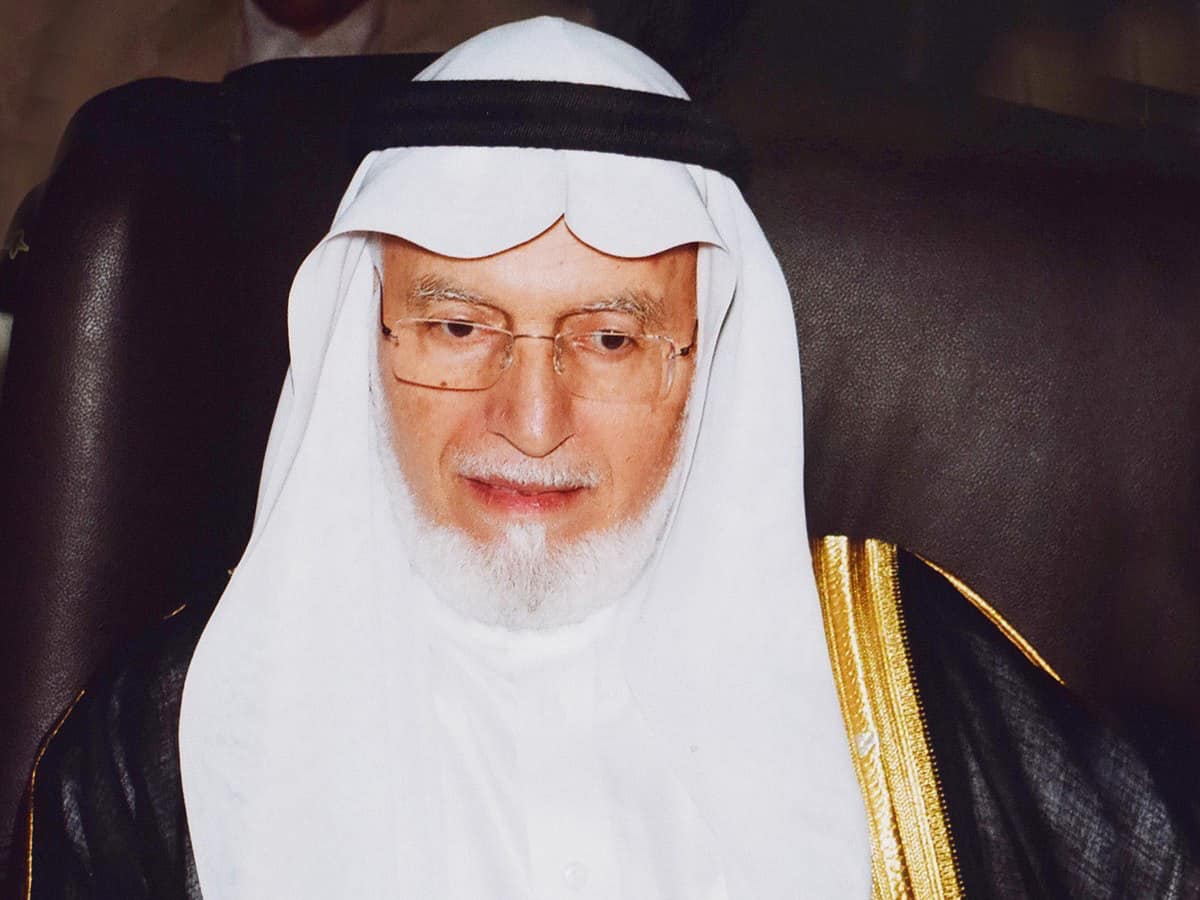
In Jeddah, there emerged a person in 1970s, Dr Abdullah Omar Naseef. He felt that he should gather the best brains from across the world to work on projects that would help Muslims the world over.
The Kingdom was developing as counter to the Communist/Socialist dominance that was led by Jamal Abdul Nasser of Egypt. King Faisal felt that if he did not rise to the occasion the entire Arab World would go Communist or Socialist. USSR was working hard to expand its influence in the region. But it never provided the kind of support which could change the balance in the region vis a vis Israel. King Faisal’s dream had begun to fructify during his life time (1906-1975). While Nasser focused on the Arab World, Shah Faisal, as he was known in the non-Arab countries, began to exert his influence across the Muslim nations. The opportunity unfolded itself in 1969 when an act of arson and partial burning of Al Aqsa Mosque in Jerusalem lit a fire of emotions across the Muslim States.
King Faisal spoke with the King of Morocco Hassan II and both of them agreed to host the first ever Islamic summit conference in 1969. The stated purpose of the summit was to condemn the Israeli action and chalk out a programme for the future.
(The story of the failed participation of India in that conference will be dealt with separately later)
The conference was the formal beginning of the rise of Islamic world under the leadership of King Faisal.
After the Rabat conference he began working hard to gather Islamic countries under the OIC umbrella.
The opportunity presented itself during the Yom Kippur War in 1973 when Egypt and Syria joined with a few other Arab countries to attack Israel. Israel could withstand that war owing the support it received from the U.S. The Arab members in Organisation of Petroleum Exporting Countries (OPEC) suddenly imposed a ban on oil sale to the U.S. OPEC countries were led by the Kingdom of Saud Arabia under the leadership of King Faisal. The weightage of the Muslim-Arab world had risen immensely. King Faisal became a hero. The hero was not allowed to live long. He was killed by one of his nephews, Faisal bin Musaid, during a darbar meeting in 1975.
Though the king had died but his legacy continued, though differently. His vision continued in the kingdom and elsewhere in the Muslim-Arab world.
Dr Abdullah Omar Naseef on his return from higher studies in the West, was given several responsibilities, one of them being the Vice-Chancellorship of King Abdul Aziz University in Jeddah.
Dr Naseef had a vision of the future of the Kingdom. A man with a kind heart and a smiling face began gathering professionals with proven abilities around him.
One of the points of excellence he set up at the KAAU was the Centre for Research in Islamic Economics, hitherto a little known subject. He found Dr Nejatullah Siddiqui, a scholar of deep understanding of the subject in India, to become part of the newly formed centre.
Dr Nejatullah Siddiqui later went on to win the prestigious King Faisal Award for Excellence in Islamic Economics. On the other hand, Dr Abidullah Ghazi who along with his wife Tasneema Ghazi was also brought in. They later went on to write a series of books on the Seerah (biography) of the Prophet in English for the children in the West. There were also other scholars, many of them from India, who were assigned different tasks.
He selected a younger Saudi researcher Sami Angawi and made him the in-charge of the Hajj Research Centre. This was one of its kind place where almost all dimensions of the Hajj were researched and policies made for the government. With the introduction of wide-bodied aircrafts to transport pilgrims from their countries to the Kingdom and take them back, the HRC was trying to figure out what could be the numbers of pilgrims in the future and how best they could be provided with the best of facilities. The HRC wanted to make the stay of the pilgrims. They had worked out that a single pilgrim would stay for at least 30 days. The number on the other side of the scale was about two to three months. It was a gigantic task in the true sense of the term.
A scholar of the Indian sub-continent origin Ziauddin Sardar became part of the HRC. He later went to become a famous writer for his book Desperately Seeking Paradise.
By the late 1970s a Centre had been set up to work on the situations of the Muslim minorities in the world. It, in the beginning worked as part of the KAAU but later it was put under the Makkah-based Muslim World League, an organ of the Kingdom’s foreign policy.
A scholar from East Pakistan, Dr Zaman, was given a job at the newly formed Institute of Muslim Minority Affairs with headquarters in a small apartment located near King Abdul Aziz University.
Dr Naseef who later went to become an important functionary with the Consultative Council of the Kingdom decided to bring in Dr Syed Zainul Abedin to head that Institute. That was somewhere in late1970s.
I will be sharing the story of Dr Syed Zainal Abedin whom I considered “an original thinker” in a few days.
Mir Ayoob Ali Khan is a seasoned journalist who has worked with the Times of India, Deccan Chronicle and Saudi Gazette.

